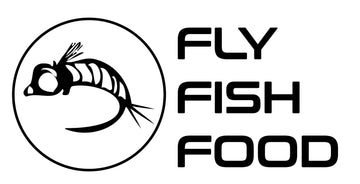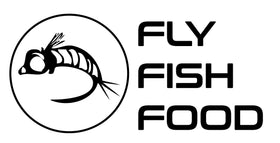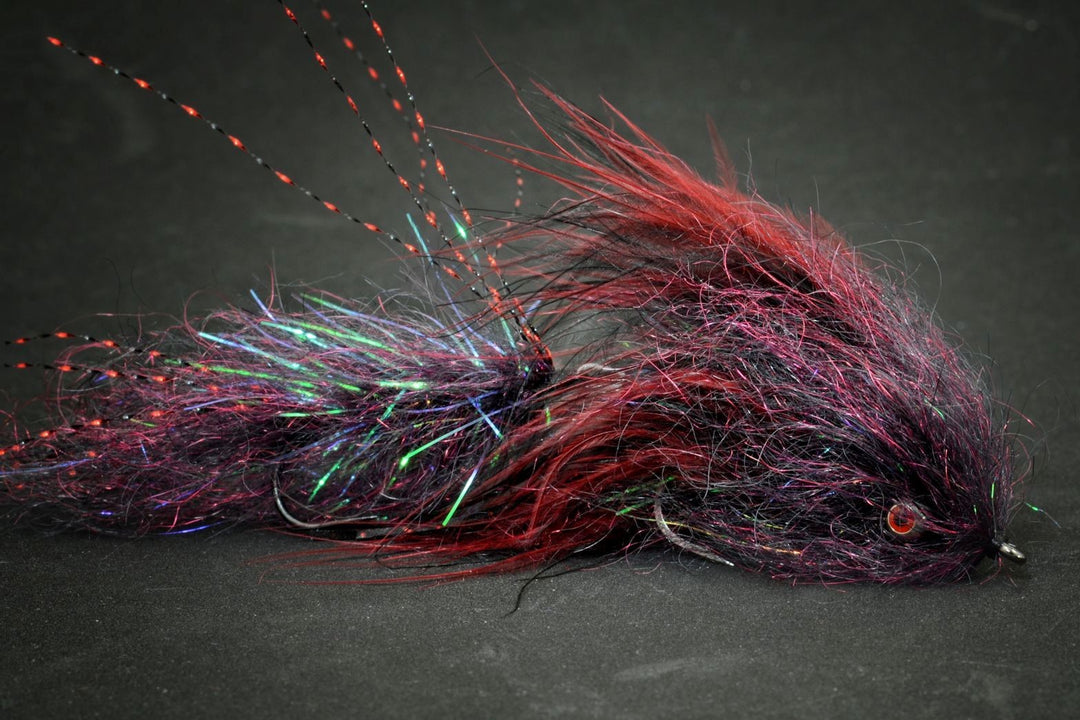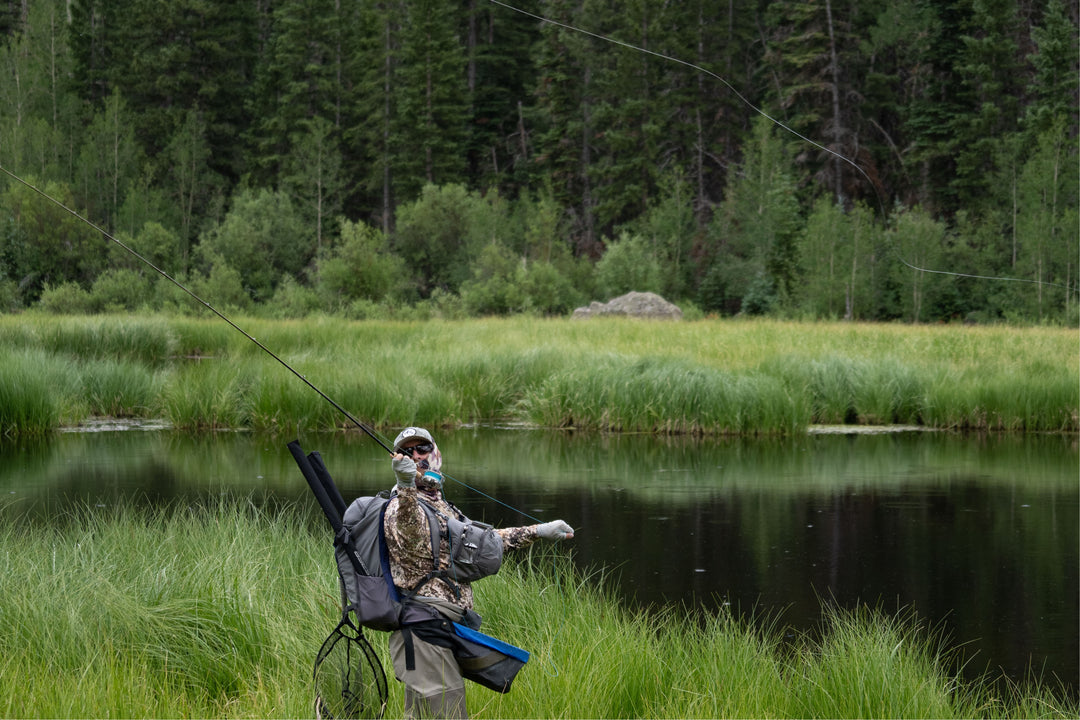Snake River Fly Fishing Report - August 8/23/2025
SOUTH FORK OF THE SNAKE RIVER FLY FISHING REPORT
Idaho's Premier Fly Fishing Destination
Report Date: August 23, 2025 | Next Update: August 30, 2025
Current River Conditions
High probability of action: Releases from Palisades are steady, water clarity is good through most popular beats, and a combination of late-summer mayfly and stonefly activity is keeping trout keyed in on the surface and just below it.
Flows & Clarity
Palisades release: roughly 10,500–12,000 CFS (varies with the hour)
Water Clarity: Mostly clear to slightly stained in faster runs (3–6 ft visibility)
Note: Higher flows in the lower canyon means deeper, faster seams—plan accordingly.
Palisades release: roughly 10,500–12,000 CFS (varies with the hour)
Water Clarity: Mostly clear to slightly stained in faster runs (3–6 ft visibility)
Note: Higher flows in the lower canyon means deeper, faster seams—plan accordingly.
Water Temperature
Current: mid-50s °F (typically 52–56°F early morning to midday)
Trend: Stable — cool releases from Palisades keep temps favorable for trout activity.
Current: mid-50s °F (typically 52–56°F early morning to midday)
Trend: Stable — cool releases from Palisades keep temps favorable for trout activity.
Weather
Typical late-summer pattern: warm afternoons, cool mornings; breezes 5–15 mph.
Forecast window: calm mornings give way to thermals in the afternoon—best dry fly windows are morning and early evening.
Typical late-summer pattern: warm afternoons, cool mornings; breezes 5–15 mph.
Forecast window: calm mornings give way to thermals in the afternoon—best dry fly windows are morning and early evening.
Access & Logistics
Boat ramps and primary road access are open — expect busy parking on weekends.
Recommended: arrive early for top wade/boat spots and cooler water.
Boat ramps and primary road access are open — expect busy parking on weekends.
Recommended: arrive early for top wade/boat spots and cooler water.
Hatch Chart & Insect Activity
| Insect | Size | Activity Level | Prime Time |
|---|---|---|---|
| Salmonflies (edge populations) | #4–8 | Light–Moderate ⭐⭐⭐ | Late morning to afternoon (pockets & low gradient banks) |
| Golden Stoneflies | #6–10 | Moderate ⭐⭐⭐ | Afternoon along rocky tails and riffles |
| Green Drakes / Larger Mayflies | #10–12 | Moderate ⭐⭐⭐ | Midday—fish holding in softer currents & eddies |
| Pale Morning Duns (PMDs) | #14–18 | Steady ⭐⭐⭐ | Morning and late morning surface windows |
| Yellow Sallies / Sulfurs | #14–16 | Light ⭐⭐ | Afternoon pocket water and near banks |
| Caddis | #14–18 | Light–Moderate ⭐⭐⭐ | Evening skittering and nearshore foam lines |
Recommended Flies (linked to popular patterns)
Below are tested, practical patterns for the late-August South Fork. Each entry links to a ready-to-buy pattern so you can match what you tie or carry in your box.
-
Dry Flies (surface/attractor)
- Libby's Salmonfly — sizes #4–8 for sporadic salmonfly rises.
- Parachute - Blue Wing Olive — versatile BWO/green drake imitation, sizes #12–18.
- Split Case - PMD — dependable PMD pattern, sizes #14–18.
- Corn-fed Caddis (CDC Tan) — evening caddis and skittering workhorse.
- Bionic Ant 2.0 - Black / Project Cicada — use for bank-smashed terrestrials in August.
-
Nymphs & Subsurface
- Tungsten Pat's Rubber Legs — #6–10: go-to stonefly/large nymph setup.
- Pheasant Tail Tungsten — universal mayfly nymph in multiple sizes.
- Tungsten Split Case Nymph - PMD / Tungsten Split Case - BWO — for indicator and Euro-style nymphing.
- Soft Hackle Pheasant Tail Jig — deadly in shallow riffles and current seams.
-
Streamers & Big Imitations
- Coffey's CH Sparkle Minnow - Sculpin — prime for structure and deeper runs.
- Sculpzilla - Olive / Galloup's Dungeon - Olive — for aggressive trout in deeper seams.
- Mena's Cousin It Jig Streamer - Olive — good when fish are keyed to baitfish or during cloudy afternoons.
Tactics & Tips (what to fish and when)
Morning: Start with a nymph rig — indicator or euro setup — focusing deep in seams and below riffles. Run a tungsten Pat's Rubber Legs or split-case PMD as the point fly to cover hungry trout holding off current edges.
Midday/Afternoon: Watch banks and foam lines for green drake/sally activity. Switch to dries when you see surface sipping; a Blue Wing Olive or PMD in sizes #14–16 often gets quick attention. For sporadic stonefly/salmonfly activity, toss a salmonfly-sized dry or large rubber-legged nymph on heavy tippet.
Evening: Caddis and smaller mayfly activity increases—skitter Corn-fed Caddis patterns and slow down your presentation. Try a dry/dropper with a soft-hackle or pheasant tail below.
Streamer Work: When water is slightly off-color or cloudy afternoons persist, fish streamers through structure and deep seams with short, aggressive strips. Sculpin and baitfish imitations produce big hook-ups on the South Fork.
Leaders & Tippet: 9–10 ft tapered leaders for dries; 4–6X for PMD/BWO. Nymph rigs: 10–12 ft leaders with 1–3 ft of 4–5X tippet on the point (heavy patterns may need 3X–2X). For streamers use 7–9 ft leaders and 2X–3X for shock absorption on big fish.
Midday/Afternoon: Watch banks and foam lines for green drake/sally activity. Switch to dries when you see surface sipping; a Blue Wing Olive or PMD in sizes #14–16 often gets quick attention. For sporadic stonefly/salmonfly activity, toss a salmonfly-sized dry or large rubber-legged nymph on heavy tippet.
Evening: Caddis and smaller mayfly activity increases—skitter Corn-fed Caddis patterns and slow down your presentation. Try a dry/dropper with a soft-hackle or pheasant tail below.
Streamer Work: When water is slightly off-color or cloudy afternoons persist, fish streamers through structure and deep seams with short, aggressive strips. Sculpin and baitfish imitations produce big hook-ups on the South Fork.
Leaders & Tippet: 9–10 ft tapered leaders for dries; 4–6X for PMD/BWO. Nymph rigs: 10–12 ft leaders with 1–3 ft of 4–5X tippet on the point (heavy patterns may need 3X–2X). For streamers use 7–9 ft leaders and 2X–3X for shock absorption on big fish.
Quick Rig Examples
| Situation | Rig |
|---|---|
| Classic indicator nymphing | 3–4 ft indicator, 6–8 ft drop to tungsten Pat's Rubber Legs (#6–10), trailer Pheasant Tail (#12–14) |
| Dry fly window | 9 ft tapered leader, 6–8 ft of tippet (5x for larger dries), parachute PMD or BWO as your top fly |
| Streamer push | 9 ft fast-sinking leader or full sink tip, Sculpzilla or Coffey's Sculpin on 2–3X |
Last-minute Notes & Etiquette
Water and air temps are trout-friendly now, but always handle fish quickly and keep them submerged while unhooking. Expect more anglers on weekends—be courteous when wading and when positioning boats. If you encounter clouds of insects, slow down and fish the foam lines; those pockets will often hold the biggest trout.




